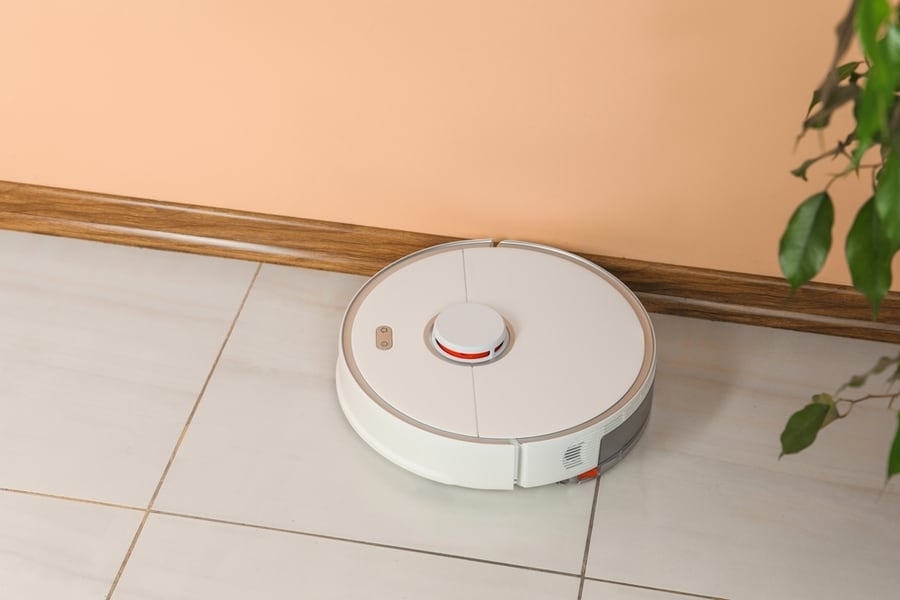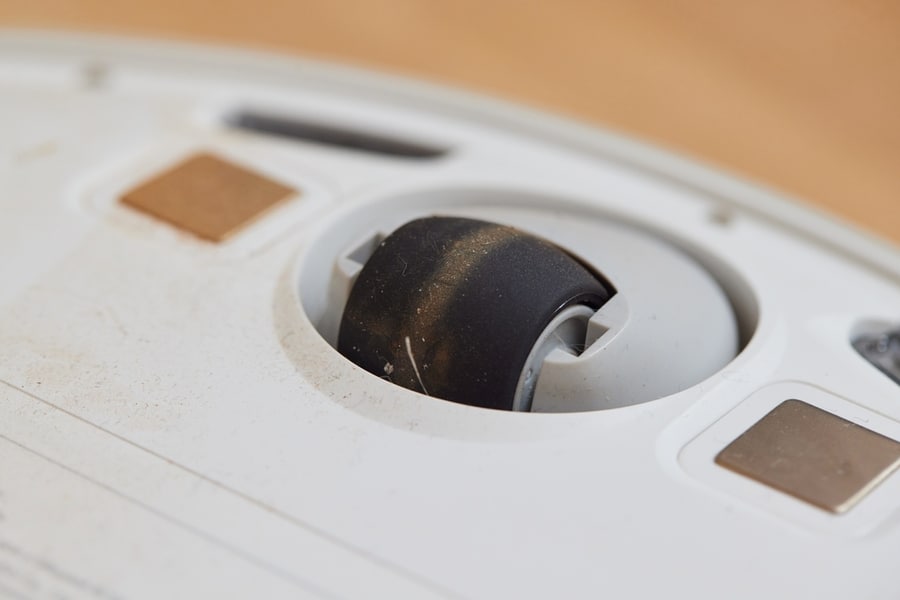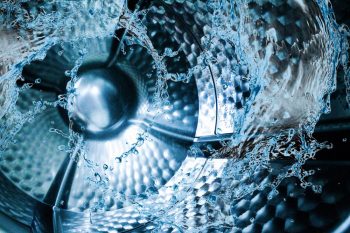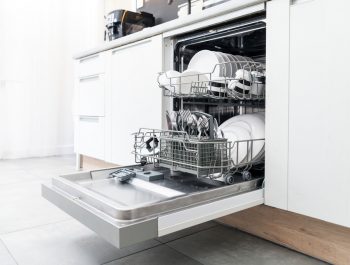
Robot vacuums are one of the finest inventions of this century. Forget cleaning for hours because a small disk-like robot can do it for you without hassle.
Robot vacuums are efficient and functional, which is why they are becoming a common home appliance in the USA.
According to statistics, their market value in 2021 was $2.96 billion, reaching $4.98 billion in 2025.
But the question is, what makes these robots so efficient? How do they know where to go and navigate your home?
Robot vacuums have several sensors that aid in navigation and performing a well-planned cleaning job.
The advanced models also have mapping technology that lets the appliance learn the map of a room using a camera.
Mainly these four sensors help robot vacuums to navigate the cleaning space:
- Obstacle Sensor
- Cliff Sensor
- Wall sensor
- Wheel sensor
We know you are curious to learn more about the smart features of a robot vacuum cleaner and how does this sensor work?
Read further as we uncover answers to all your question by explaining in detail the technology that helps vacuums to navigate.
The Science Behind Robot Vacuums Navigation
1. Obstacle Sensor

Robot vacuums have obstacle sensors at the bumper, which are a crucial part that helps in navigation. The sensor signals the robot to change direction if it senses an obstacle.
If the vacuum sees a barrier on the left bumper, it will move on the right side and vice versa.
2. Cliff Sensor

Cliff sensors are located at the bottom of the vacuum. It constantly sends infrared signals to the floor.
If the signal doesn’t bounce back, the sensor signals the robot to stop as it detects a slope or a stair on the way. Robot vacuum cleaners can get several damages if they fall off the stairs.
Cliff sensors are a safety feature that protects them from such accidents.
3. Wall Sensor

The biggest concern with manual vacuum cleaners is cleaning the edges of the walls.
Robot vacuum cleaners have wall sensors that make cleaning the edges of the wall much more accessible.
The sensor indicates the cleaner about a wall, enabling it to clean the edges where the wall meets the floor.
You will find a wall sensor on the sides of the cleaner, allowing it to clean the edges without bumping or hitting the wall.
4. Wheel Sensor

As the name suggests, wheel sensors help assess the area cleaned by the cleaner and the distance it has covered.
It is a critical feature that allows the robot vacuum cleaner to analyze the location and navigate better.
5. Mapping Technology

The more advanced models of vacuum cleaners use mapping technology to learn about the rooms while cleaning.
Some robot vacuums use a digital camera to take pictures of walls, obstacles, and furniture to navigate the space better.
Other models use LIDAR (Light Detection and Ranging) technology that measures the distance of objects in the path of a vacuum.
In both ways, the vacuum gathers information about the area it is cleaning and creates a map.
This feature helps in more efficient cleaning and helps the cleaner to navigate better.
Takeaway
Robot vacuum cleaners use sophisticated technology that lets them perform to the fullest.
Multiple sensors sense obstacles, slopes, stairs, walls, and distance covered, which helps the robot vacuum navigate better.
The advanced models also have mapping technology that lets the vacuum create a room map.
This feature has changed how vacuums work; now, they are more functional and robust than before.












